Welcome to the second instalment of my WW1 centenary travel blog – slightly less than a year after my first post in Sarajevo. This time I am visiting the Gallipoli peninsula in Turkey with Neil, Bahar, Mark, Bahar & Clare. It is the 25th of April 1915, exactly 100 years after the first landings here by soldiers from Britain, France, Australia, New Zealand.
As a reminder, by early 1915 most of Europe is at war. The British and French are entrenched on the Western Front and are finding it impossible to make significant advances against the Germans. Thousands of kilometers away in the eastern Mediterranean, the British and French navies attempt to force their way through the Dardanelles to take Constantinople and secure the Bosporus and access to the Black Sea. Their ships got no further than the heavily fortified straights at Canakkale where only a kilometre or so of water separates Europe from Asia. The decision was taken to land troops on the peninsula to neutralise the Turkish forts and to ensure safe passage for the navy.
The landings started just before dawn but, we are not early risers. We managed to catch the ferry to Kilitbahir at about 10:00am, dodging Valletta registered freighters heading for the Sea of Marmara. An enormous sign on the hillside warns “Traveller halt! The soil you tread once witnessed the end of an era”.
Our first stop, was the castle at Kilitbahir where we met a large group of Turkish sightseers from Ankara. This castle has been guarding the entrance to the Dardanelles since 1463 and on the day of our visit was packed with Turkish visitors in holiday mood. Although we were remembering the start of the Gallipoli campaign, that weekend, the rest of the country was celebrating National Sovereignty and Childrens Day.
We were very aware that most of the historic sites were closed to casual visitors like us. Tickets for the remembrance services at ANZAC Cove, Suvla Bay and the other historic sites had been allocated by lottery the previous year. Many thousands of (mostly Australian) pilgrims had been bused in the previous evening, patted down by security guards, and had spent an uncomfortable night on the landing beaches in readiness for the dawn services. Prince Charles & Prince Harry were also in attendance. I suspect that they had not slept on the beach.
We decided that we would leave it until after the official services had finished before driving over to the west of the peninsula. Instead we headed to the magnificent Çanakkale Martyrs’ Memorial at Sehitler Abidesi. It was of course heaving with visitors.
Part of the site is a cemetery and one of the most interesting monuments bears the words of Mustafa Kemal Ataturks famous speech from 1934. The following translation (from the internet) differs very slightly from the one in the picture.
Those heroes that shed their blood and lost their lives. You are now lying in the soil of a friendly country. Therefore rest in peace. There is no difference between the Johnnies and the Mehmets to us where they lie side by side here in this country of ours.
You, the mothers, who sent their sons from far-away countries,
wipe away your tears. Your sons are now lying in our bosom and are in peace. After having lost their lives on this land, they have become our sons as well.
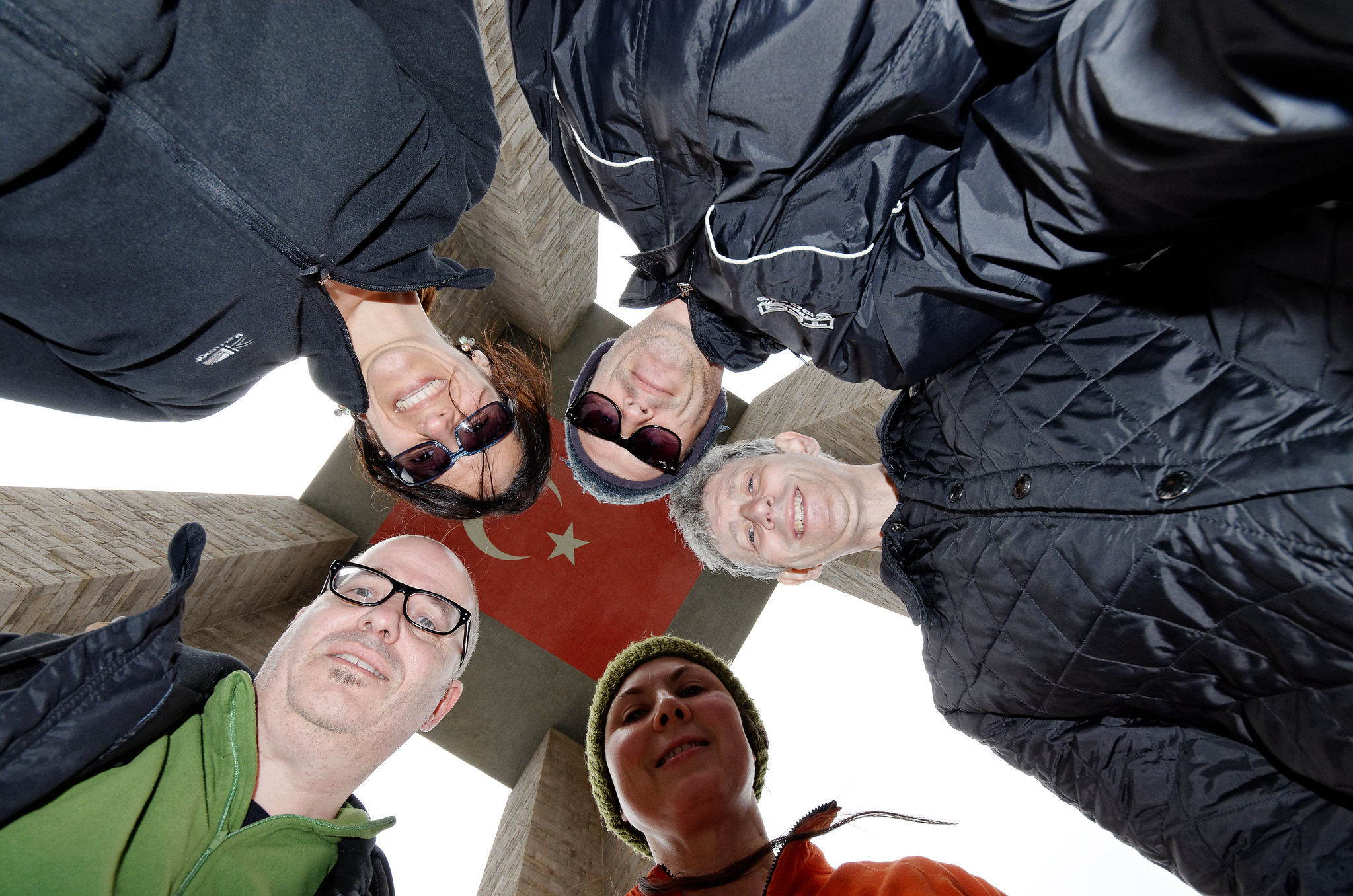 We lined up to take pictures in front of Turkish flags and in front of the beautifully kept graves. We were all Turkish that day, just as we were all Australian.
We lined up to take pictures in front of Turkish flags and in front of the beautifully kept graves. We were all Turkish that day, just as we were all Australian.
After Sehitler Abidesi we headed for the tip of the Gallipoli peninsula, and for the Helles memorial. This obelisk was erected to remember the Commonwealth servicemen who died there and have no known grave. Cape Helles was the site of the British and French landings at the very start of the campaign and is generally acknowledged to have been completely mismanaged by the British commander.
The wall surrounding the monument was engraved with the names of the 20,885 missing but we were looking for just one of them.
W. Hindle was the great uncle of Marie, a school friend of ours and Neil & Mark’s next door neighbor from Addlestone. It didn’t take long for us to find his inscription and affix a rather wilted looking poppy (picked near the beach at Sehitler Abidesi) to the memorial. It was nice to have a name to look for, even though our connection was tenuous.
Looking at the other names on the memorial, we found some Drinkwaters. There were no Cashas.
After Helles we headed north to Eceabat with the idea of crossing the peninsula to take a look at ANZAC cove. The traffic was diabolical with literally hundreds of busses inching their way back from the dawn services to the Çanakkale ferries.
When we eventually got to ANZAC cove it was evening and we had the place to ourselves, that is if you don’t count the hundreds of workers dismantling the seating, tents, video equipment, catering stands etc. As we explored the beach and looked up at the steep hills (cliffs almost), it was not hard to imagine why the ANZACS did not progress much beyond the beach.
I am not sure that this pill box dates from WW1. I would have liked to explore it a bit but, it was beginning to get dark so, stomachs rumbling, we pointed Bahar’s mum’s car back in the direction of the Çanakkale ferry and the end of our Gallipoli adventure.
And, as a bonus for the Turkish speakers among you, here is a short video (not short enough I hear you say) of Neil and Bahar singing a Turkish song commemorating the Çanakkale victory. It is best enjoyed with the volume turned down!
Next stop July 2016 and the centenary of the start of the battle of the Somme….
If you missed my other posts:

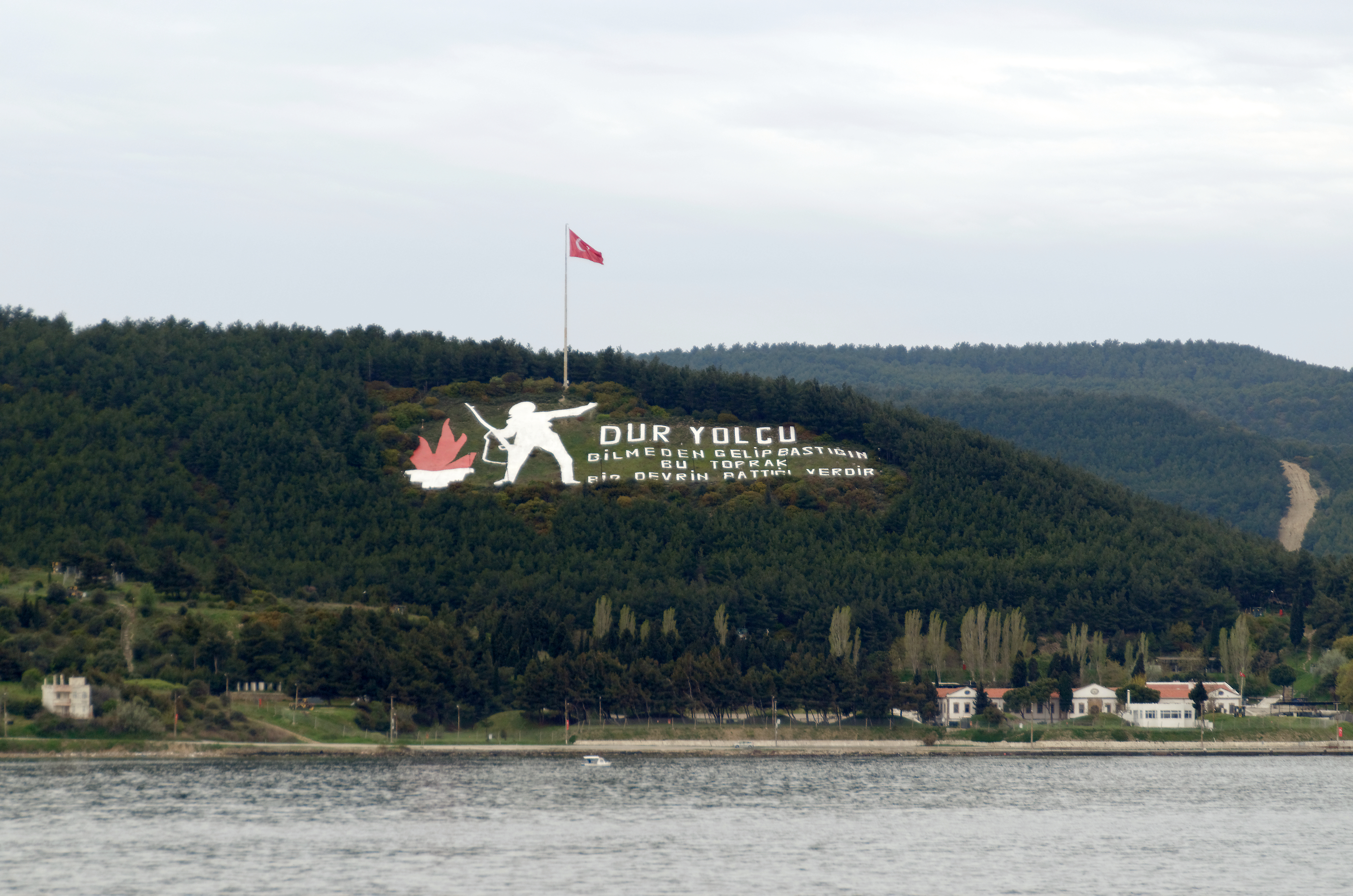

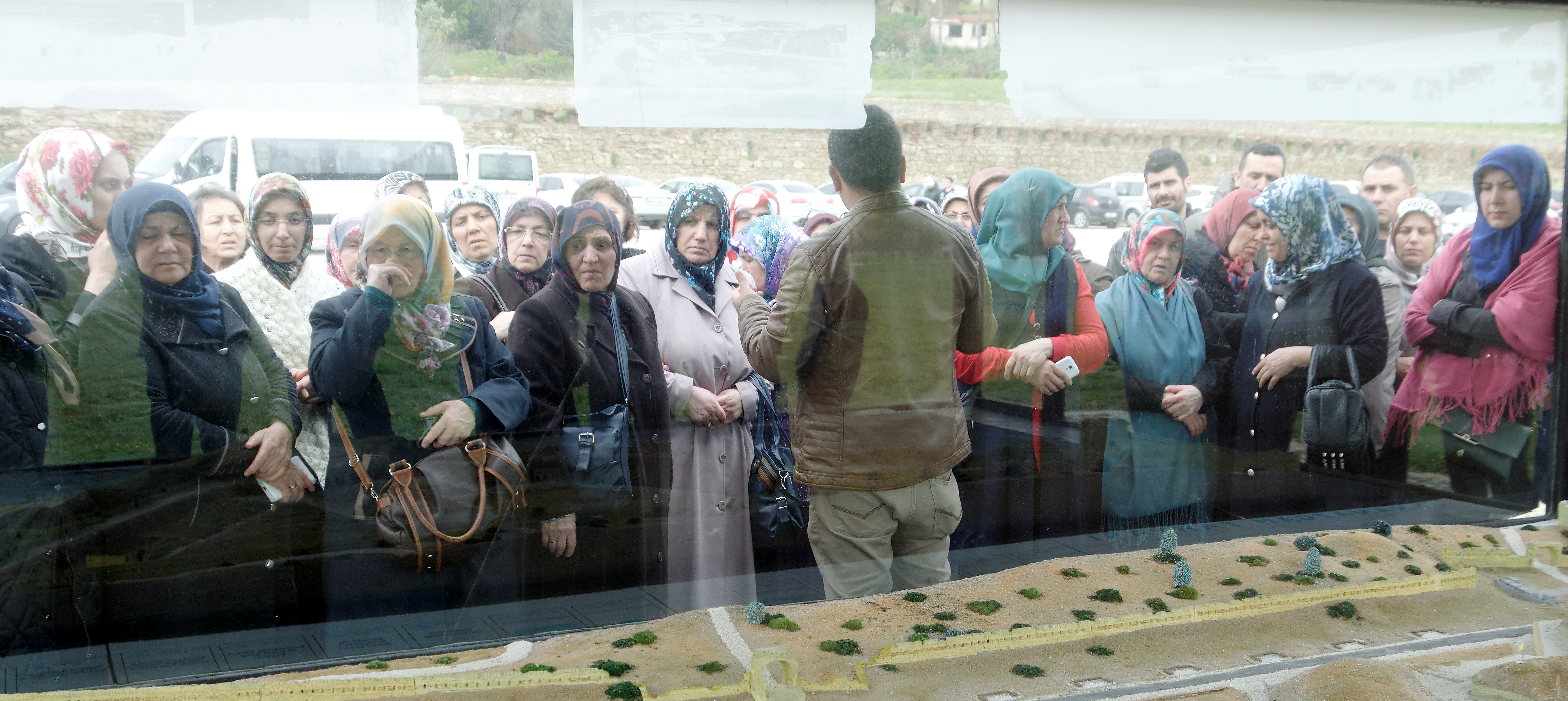
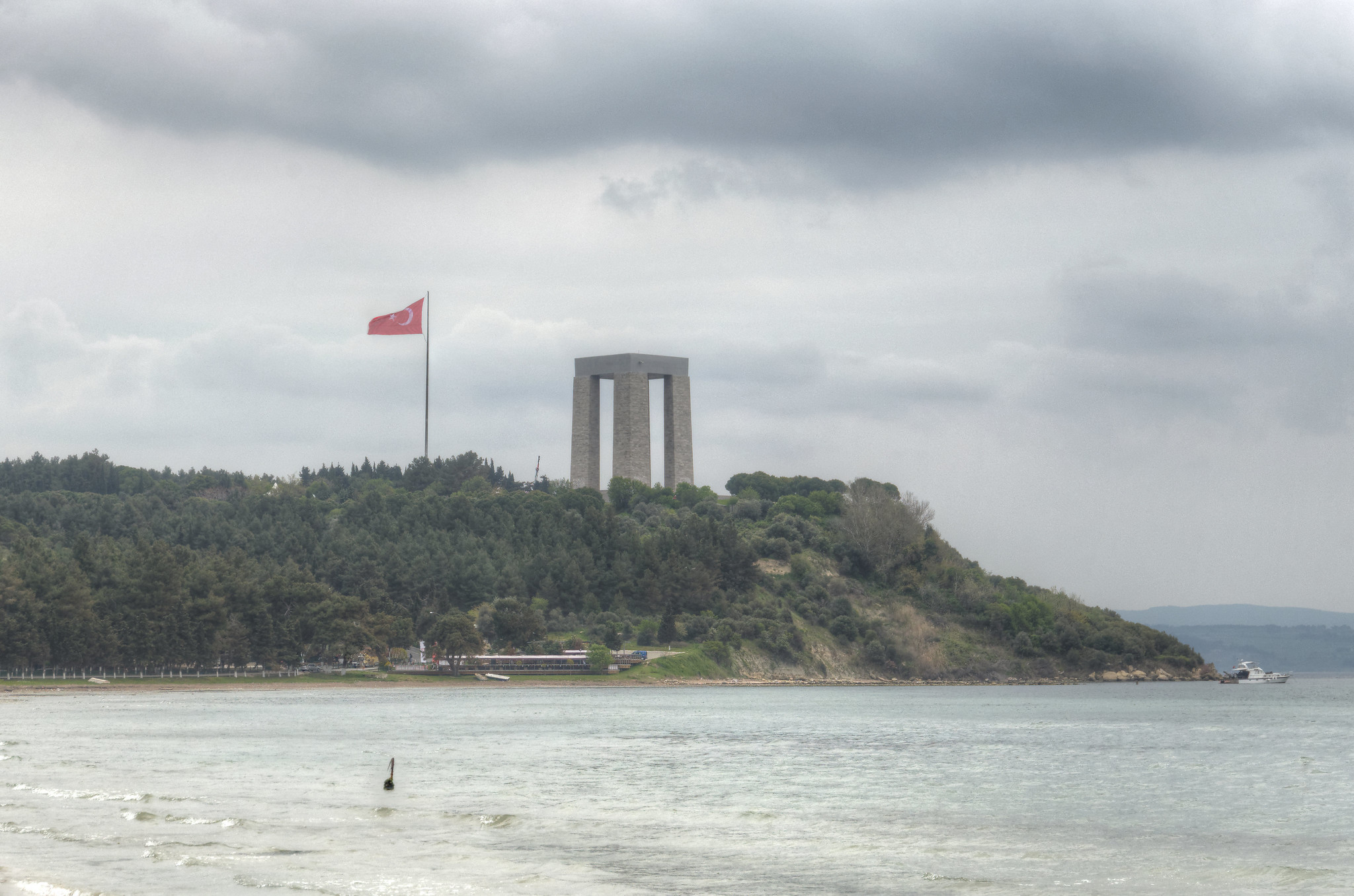

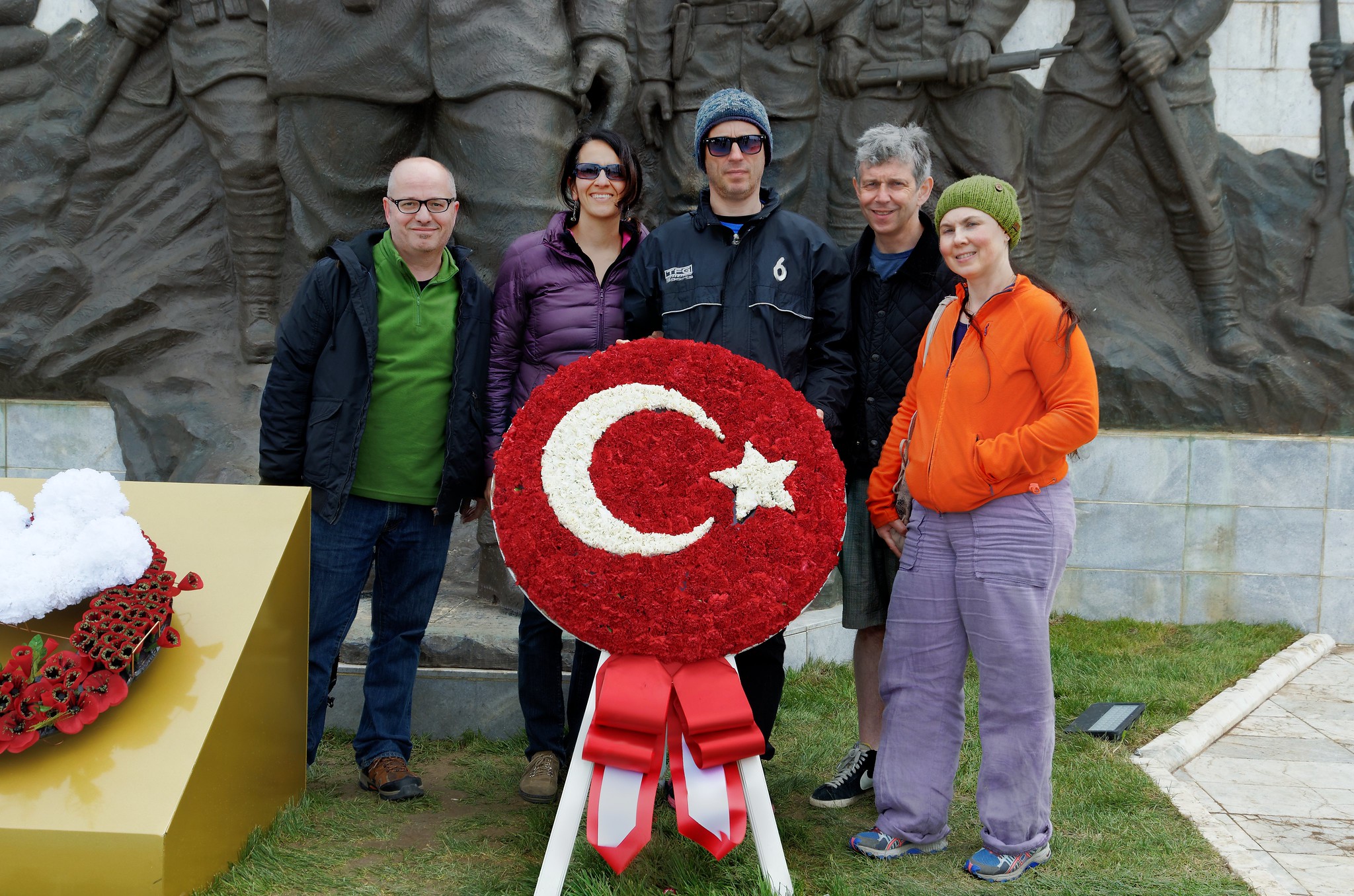


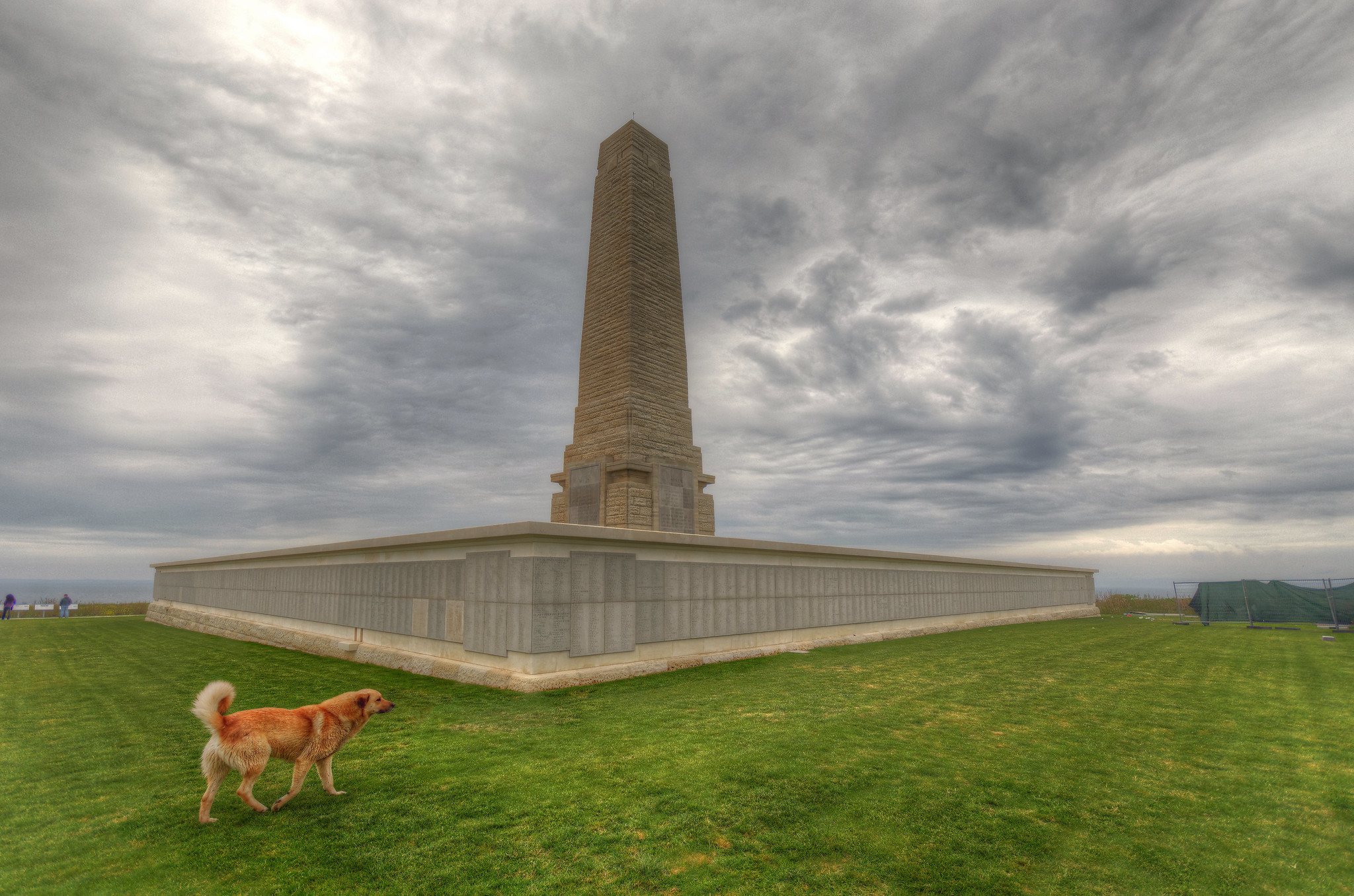
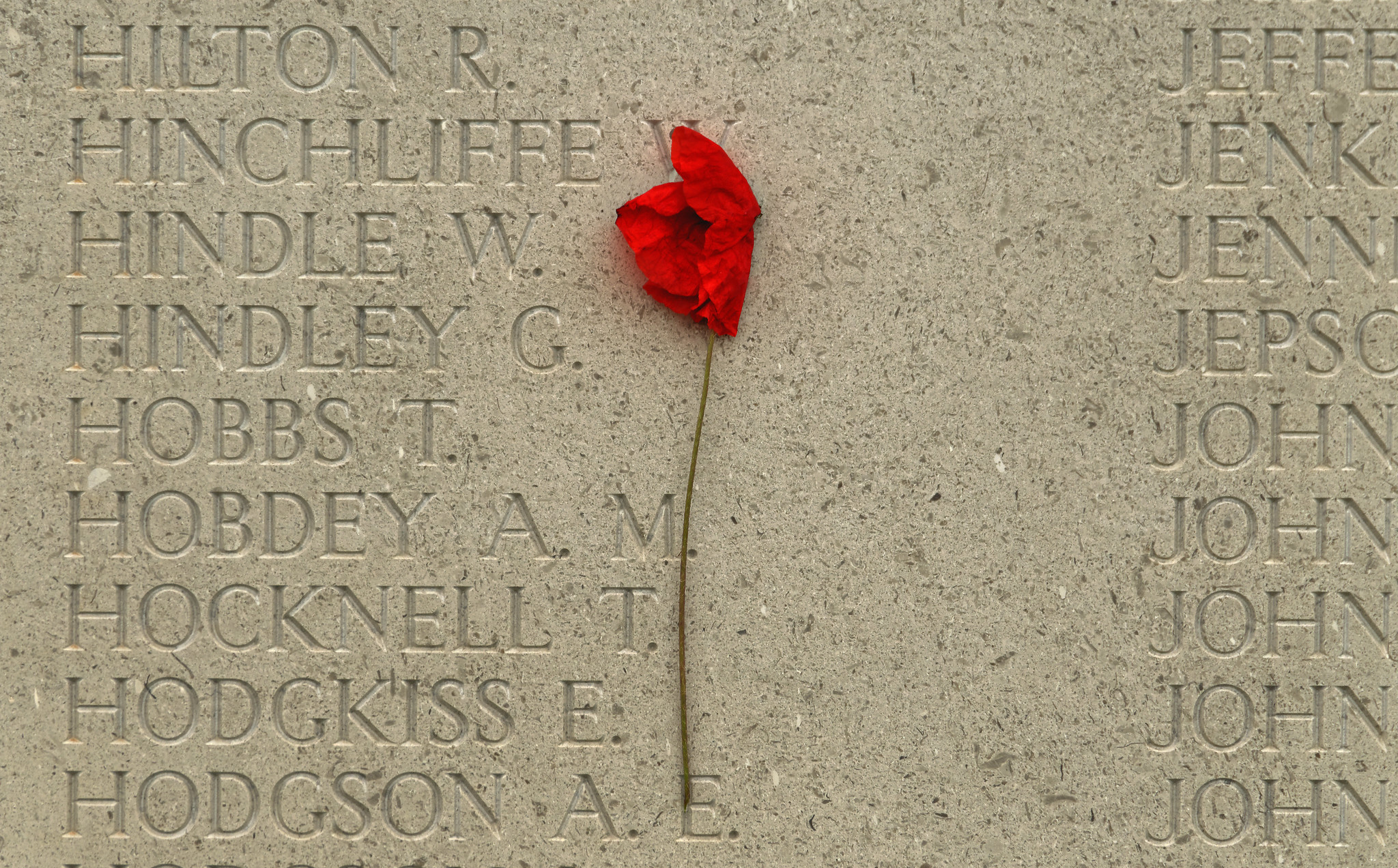
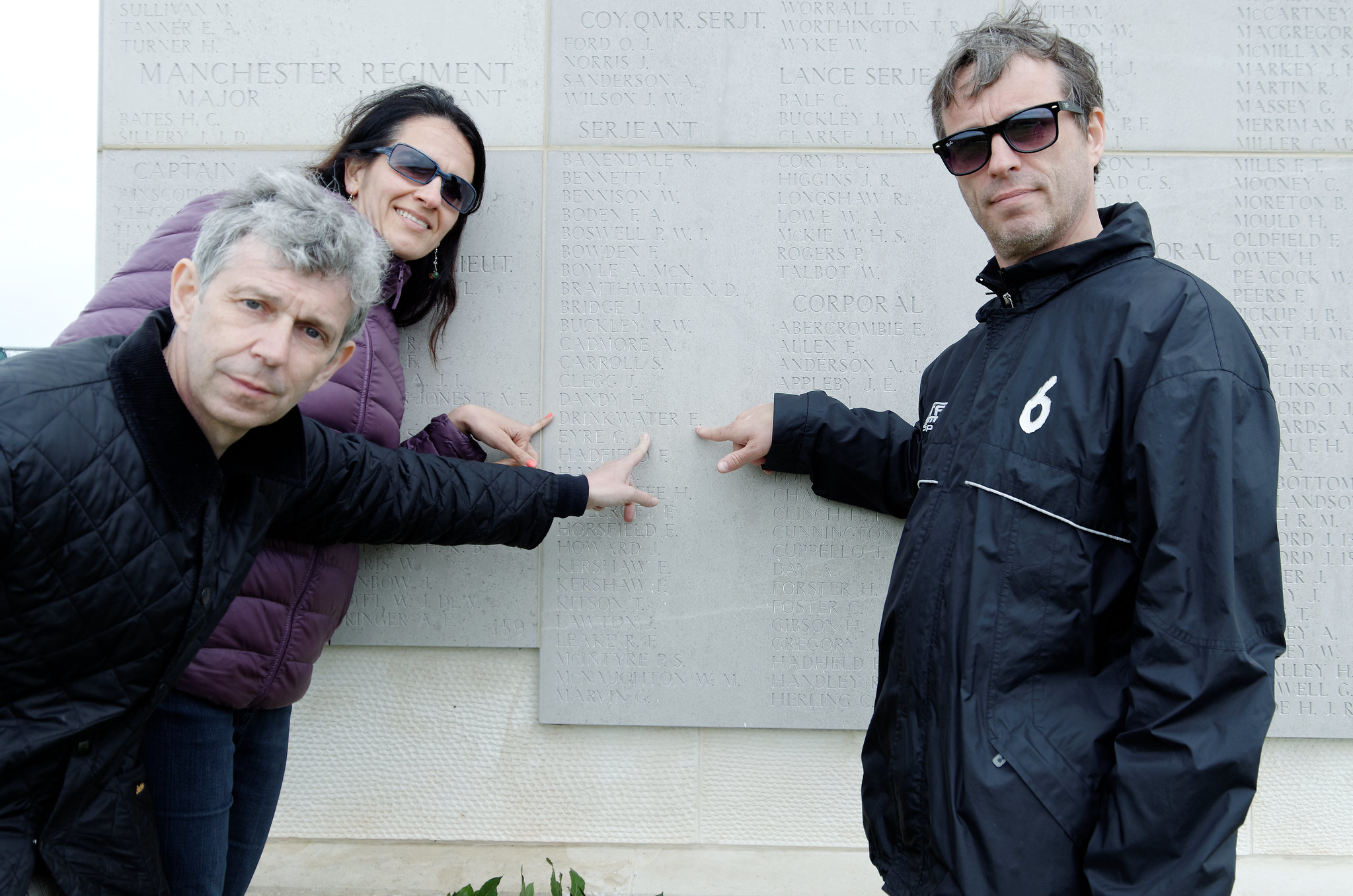
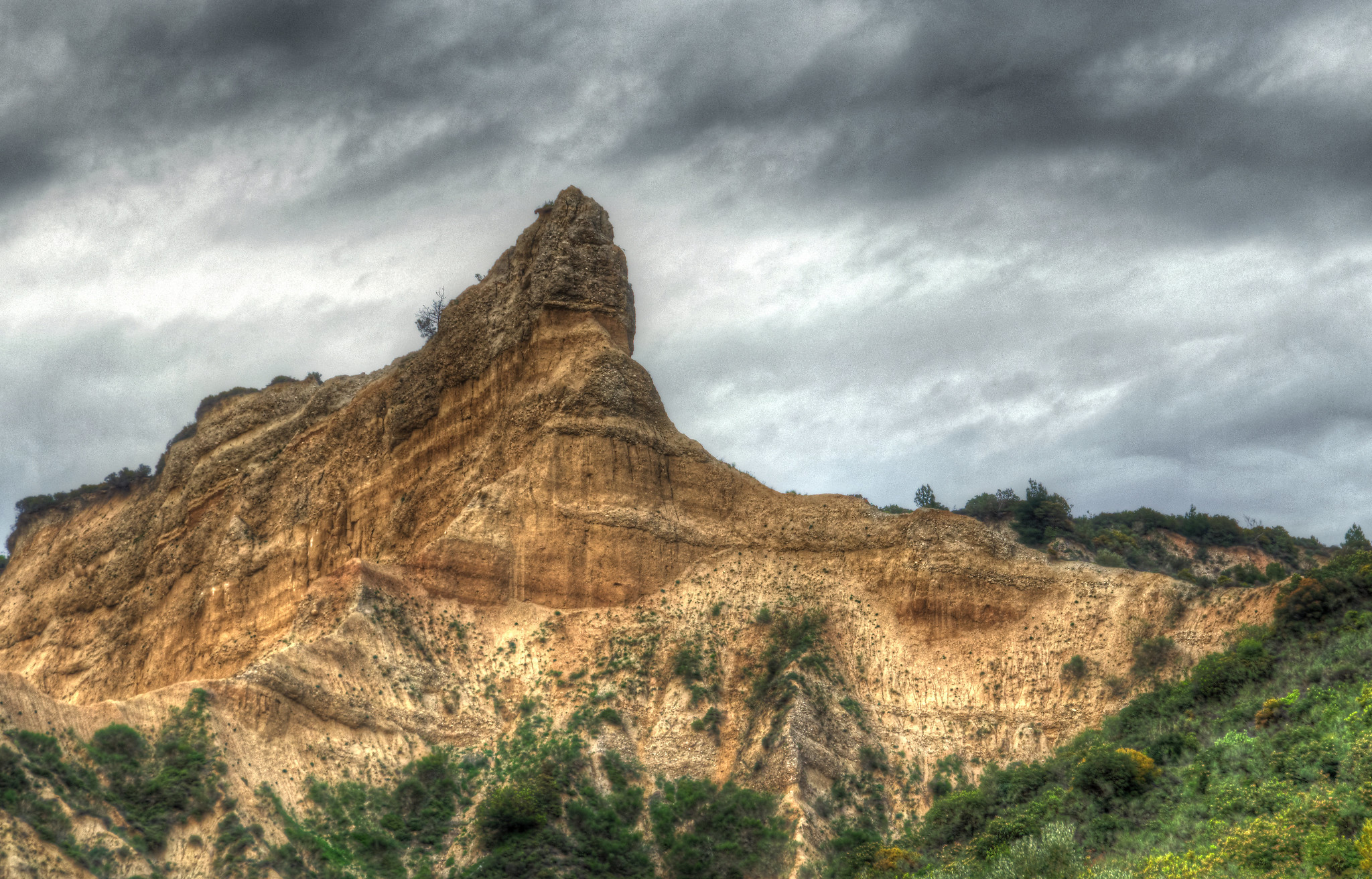
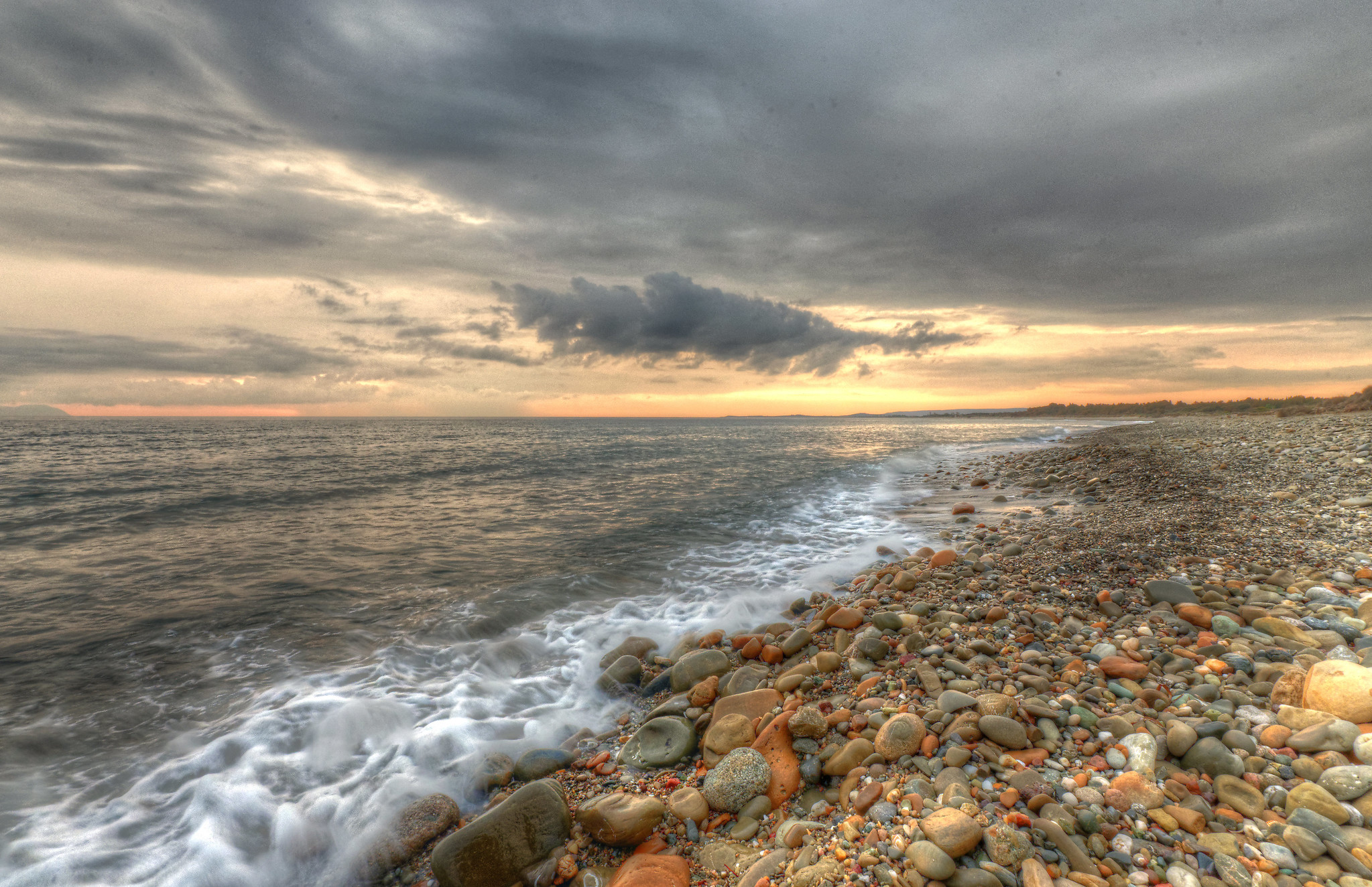
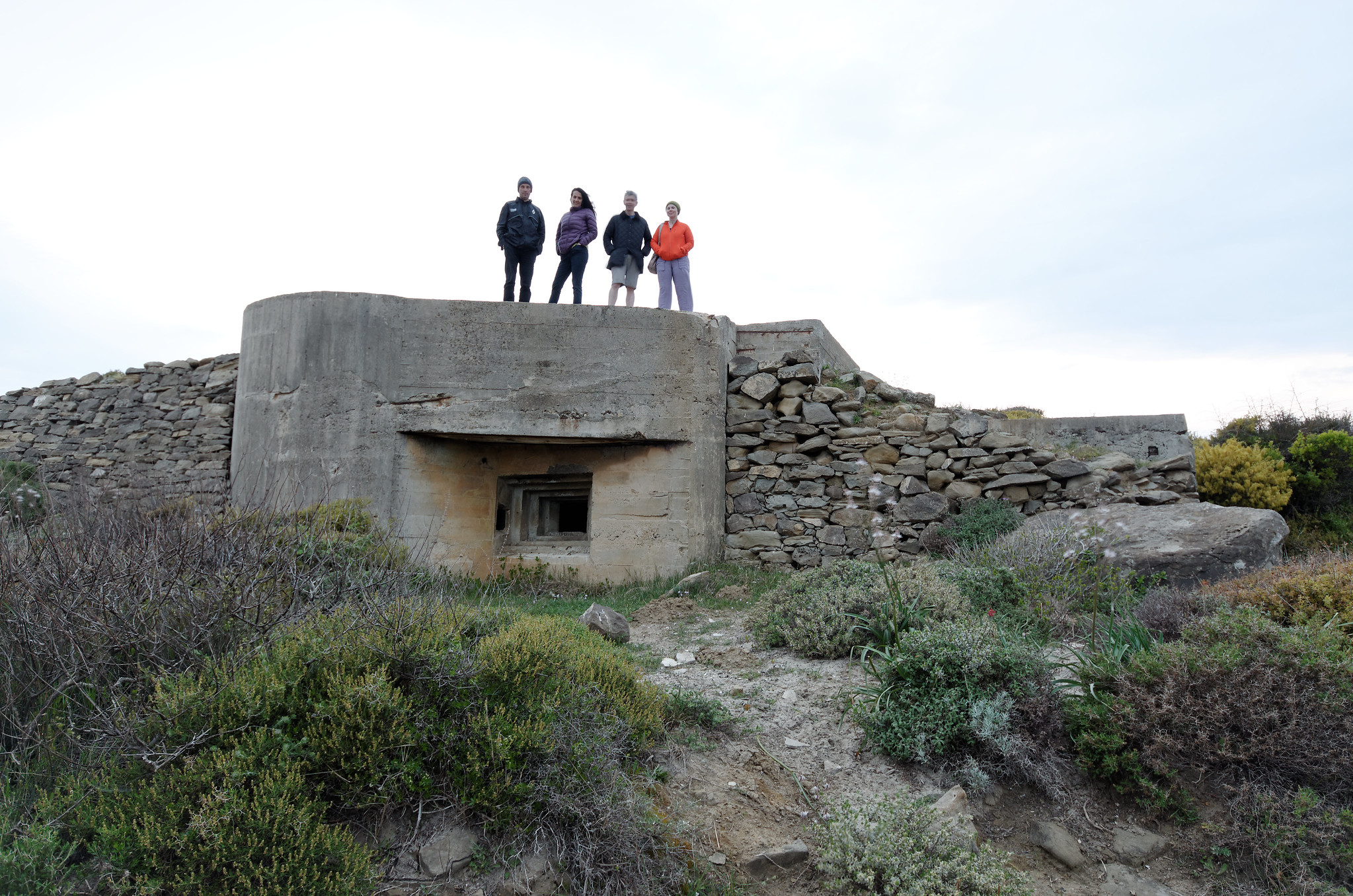
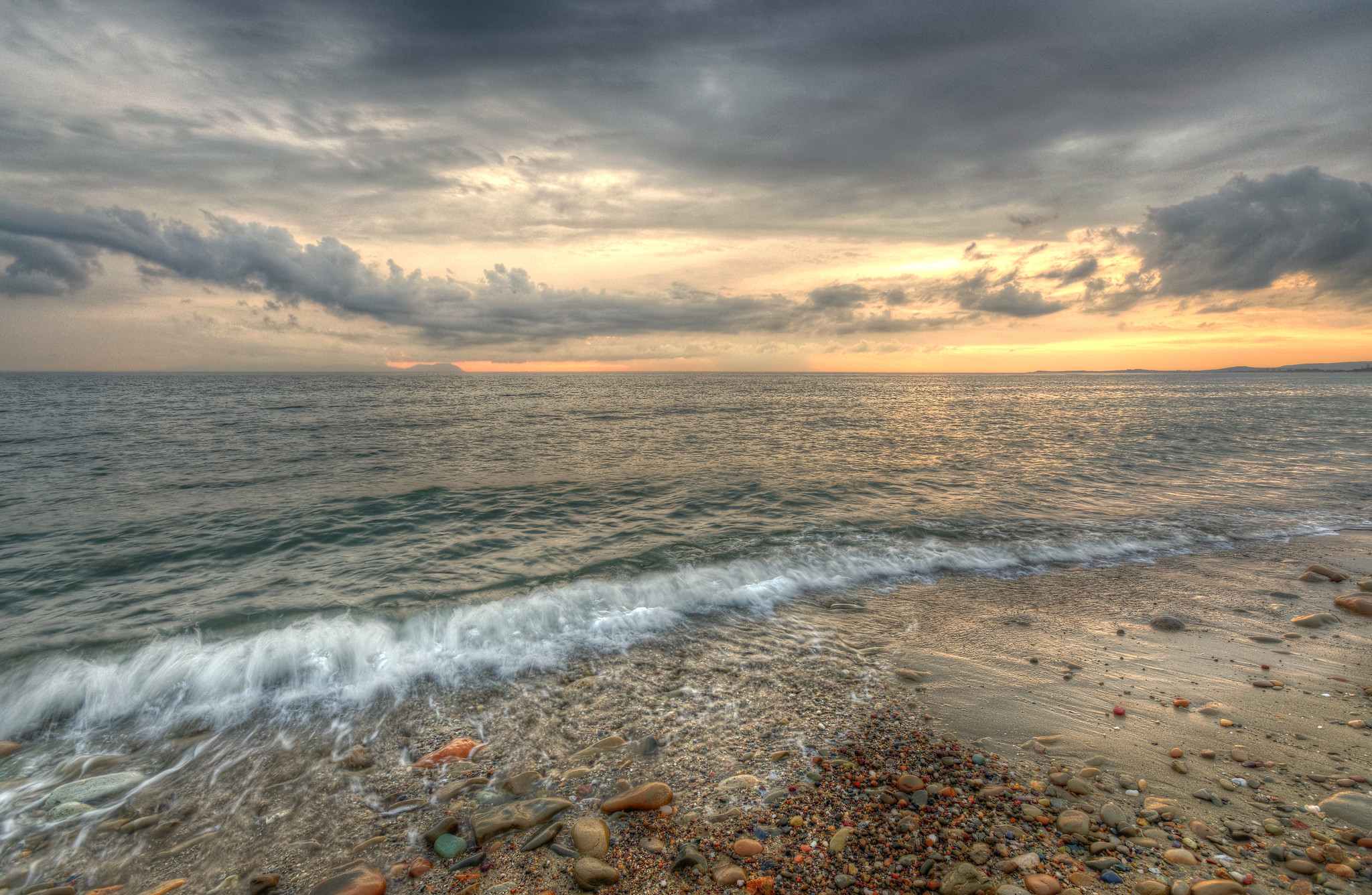
great photos.